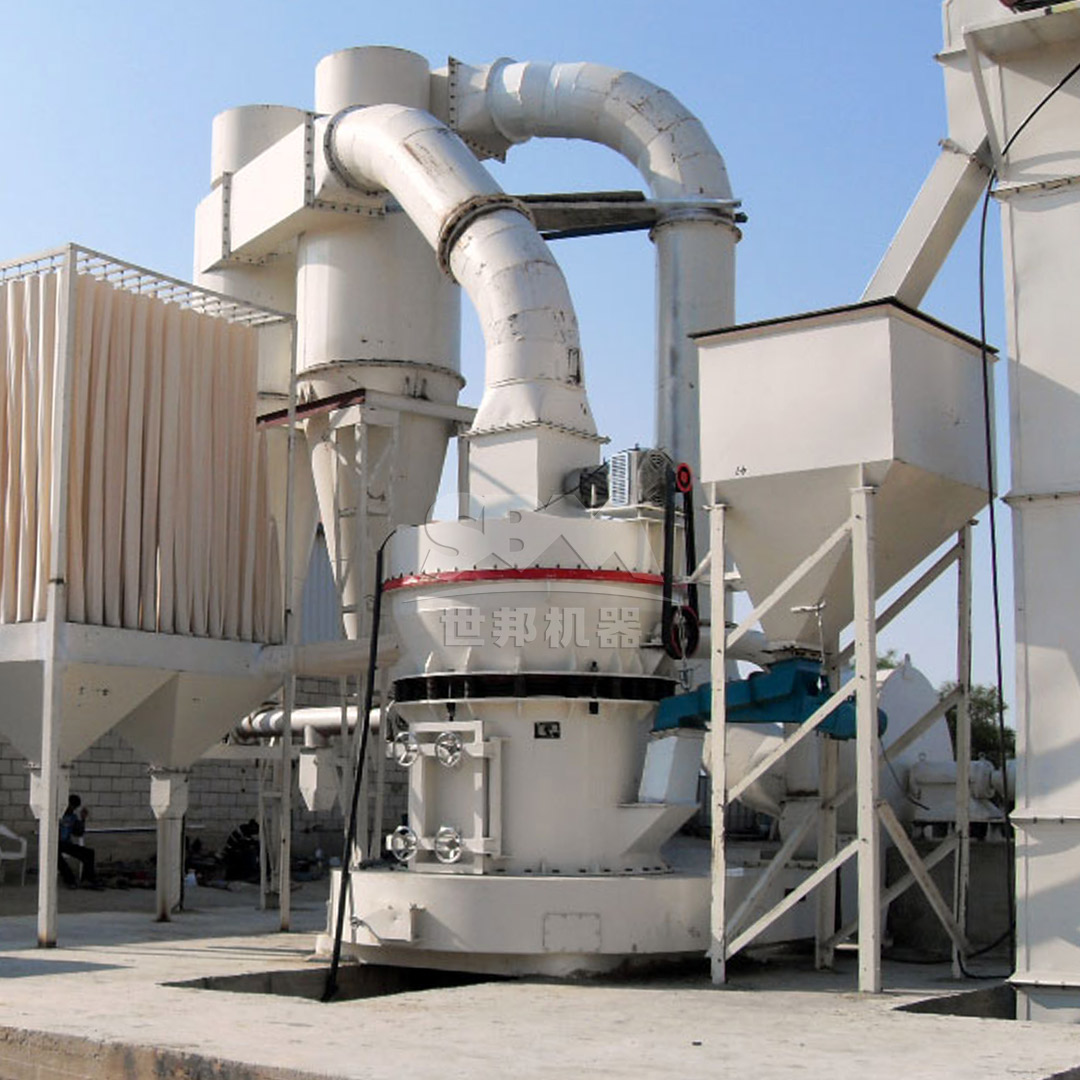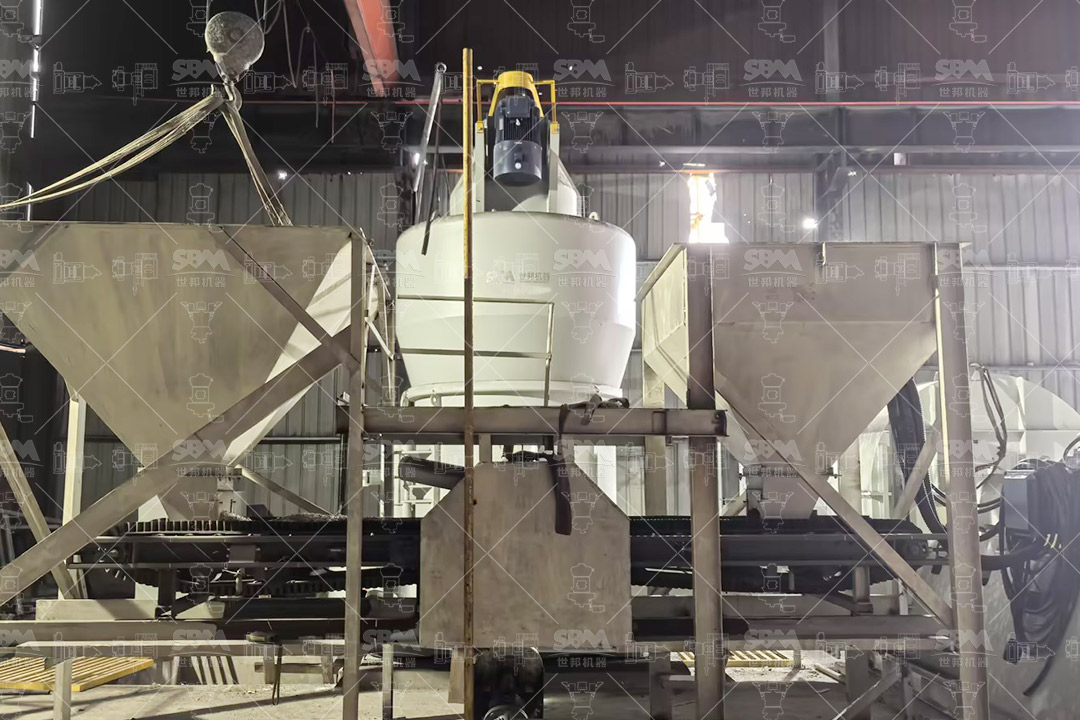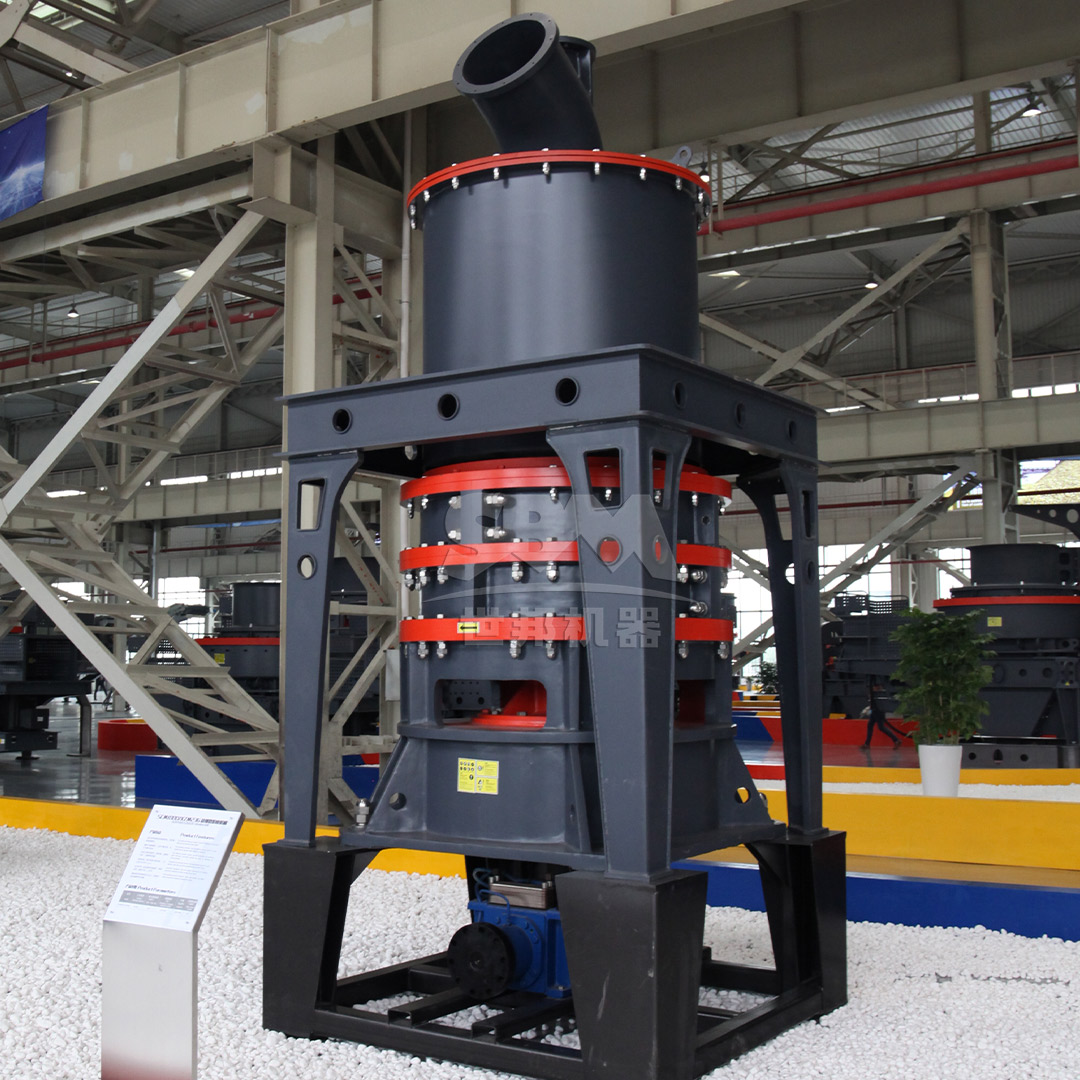The production of high-quality refractory materials begins with the precise processing of raw bauxite. The choice of grinding equipment plays a pivotal role in determining the final product’s properties, including density, strength, and thermal stability. Bauxite, with its variable hardness and abrasive nature, demands a mill that is not only robust but also capable of delivering a consistent and controlled particle size distribution. Selecting the wrong mill can lead to increased operational costs, inconsistent product quality, and frequent downtime. This comprehensive guide will walk you through the critical factors to consider when choosing a bauxite roller mill to ensure optimal performance and superior refractory material quality.

Understanding the raw material is the first step in selecting the right mill. Bauxite used for refractory materials has specific characteristics that influence the grinding process.
The high alumina (Al2O3) content in refractory-grade bauxite is desirable, but it often comes with significant amounts of silica (SiO2), iron oxide (Fe2O3), and titanium dioxide (TiO2). These impurities, particularly quartz (SiO2), are highly abrasive. This abrasiveness directly impacts the wear rate of the mill’s grinding elements, such as rollers, rings, and liners. A mill designed for bauxite must incorporate wear-resistant materials and a design that minimizes the cost and frequency of replacing these parts.
Bauxite’s hardness can vary considerably depending on its geological formation and grade. The Bond Work Index is a common measure of a material’s resistance to grinding. Refractory bauxite typically has a medium to high Bond Work Index, meaning it requires a substantial amount of energy to reduce to the desired fineness. The mill must have sufficient power and a grinding mechanism efficient enough to handle this hardness without excessive energy consumption.
While bauxite for refractory use is often calcined (heated to remove moisture and other volatiles) before grinding, the feed material might still contain some residual moisture. Certain mill types, like vertical roller mills, can handle a certain degree of moisture and even incorporate drying functions if hot gas is introduced. Other mills, particularly those designed for very fine, dry grinding, may require the feedstock to be exceptionally dry to prevent clogging and maintain efficiency.
When evaluating different roller mills, several technical and operational factors must be weighed against your specific production goals.
The fineness of the ground bauxite is paramount for refractory performance. A consistent and narrow PSD leads to better packing density in the final refractory product, which enhances its strength and resistance to slag attack. Different mills offer different fineness ranges.
The mill must not only achieve the target top size (D97) but also produce a predictable and repeatable PSD curve.
Your required throughput will narrow down the suitable models. It is essential to match the mill’s capacity to your plant’s overall production schedule. Consider both current needs and future expansion. Oversizing a mill leads to inefficient operation at partial load, while undersizing creates a production bottleneck.
Grinding is an energy-intensive process. The specific energy consumption (kWh/ton) of the mill is a major contributor to the operating cost. Modern vertical roller mills and ultra-fine grinding mills are generally more energy-efficient than traditional ball mills for achieving similar fineness. Look for features like high-efficiency classifiers, optimized grinding mechanics, and intelligent control systems that minimize power waste.
Given the abrasive nature of bauxite, the longevity of wear parts is a crucial economic factor. Inquire about the material specifications for rollers, grinding rings/tables, and liners. Advanced mills often use high-chromium alloys, ceramic composites, or other specialized materials that offer significantly extended service life. Additionally, consider the ease of maintenance. Designs that allow for quick roller replacement or online maintenance can drastically reduce downtime.
The mill is part of a larger system that may include feeders, crushers, classifiers, dryers, dust collectors, and conveying systems. Some mills, like vertical roller mills, offer a compact, integrated design that minimizes the plant’s footprint and simplifies material flow. The ease of integrating the mill with your existing or planned infrastructure is an important practical consideration.

Different mill technologies offer distinct advantages and limitations for grinding bauxite.
VRMs are a popular choice for medium to large-scale refractory plants. They combine grinding, drying (if needed), and classification in a single unit.
For applications requiring micron-sized powders, ultra-fine mills are essential.
The traditional workhorse of mineral processing, ball mills are still used in some refractory operations.
Based on the stringent requirements of the refractory industry, two of our mill series stand out for their performance and reliability in processing bauxite.
When your product specifications demand the highest levels of fineness and consistency, the SCM Series Ultrafine Mill is the ideal solution. Engineered for precision, this mill is capable of producing bauxite powder with a fineness range of 325 to 2500 mesh (D97 ≤ 5μm), which is critical for high-performance, low-cement castables and other advanced refractories.
Its key advantages for refractory bauxite grinding include:
With models like the SCM1000 (1.0-8.5 t/h, 132kW) and the SCM1680 (5.0-25 t/h, 315kW), you can select a unit that perfectly matches your production scale for ultra-fine bauxite powder.

For operations focused on producing large volumes of bauxite powder in the medium-fine range (30-325 mesh) for standard brick and castable production, the MTW Series Trapezium Mill offers an outstanding balance of capacity, efficiency, and reliability.
This mill is particularly well-suited for refractory plants due to:
The MTW series provides a robust and efficient grinding solution for the majority of bauxite processing needs in the refractory industry, delivering consistent quality at a competitive cost per ton.
Selecting the right bauxite roller mill is a strategic decision that impacts product quality, operational efficiency, and long-term profitability. There is no one-size-fits-all solution. The choice must be guided by a clear understanding of your bauxite’s properties, your target product specifications (fineness and capacity), and your total cost of ownership objectives.
For ultra-fine powder requirements essential to next-generation refractories, the SCM Ultrafine Mill provides unparalleled precision and efficiency. For high-volume production of standard refractory grades, the MTW Series Trapezium Mill offers proven reliability and cost-effectiveness. By carefully evaluating your needs against the capabilities of these advanced milling technologies, you can invest in equipment that will serve as the reliable foundation for producing high-quality refractory materials for years to come.